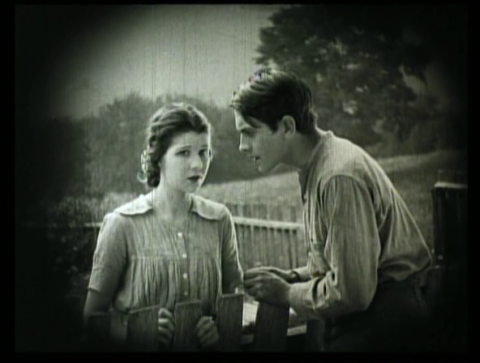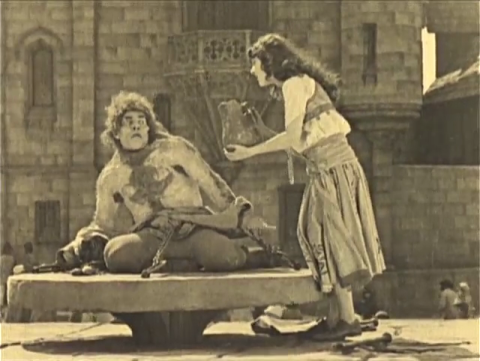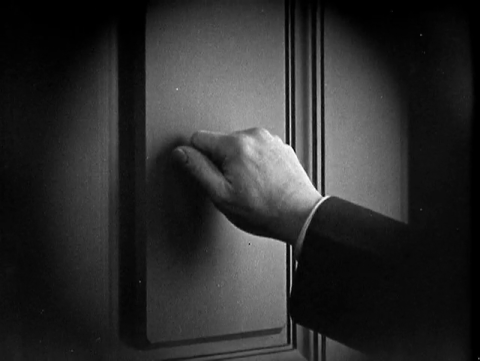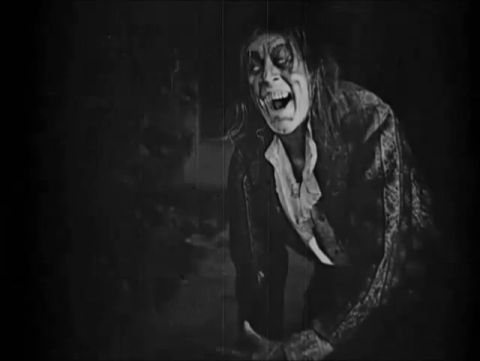I have long since lost count of the number of great films I would never have seen if it was not for the Internet Archive. Yet another in the long line is Tol’able David, a coming of age story with biblical motifs. It is set in West Virginia (in a fictional village, I believe), presumably some time in the 19th Century, although I have not been able to pinpoint the date or even decade.
Young David (a nice lad, but just “tol’able”, since he is not yet a man) grows up in a loving and pious family. They are tenant farmers, and they have a very good relationship with the neighbours, the Hatburns. David’s relationship is especially good with young Esther Hatburn. However, the happiness is about to be shattered. I do not want to spoil all the details of the evil that will befall David and his family, because I think the film benefits from watching it without knowing too much of the plot.
What I will say is that it is rare to find a film from the early 1920s that is so mature in its storytelling. Even though the ending is very Hollywoodesque, our hero’s road is uncommonly thorny, as his faith, love and courage are tested. This story is told to us by a number of really talented actors. Sure, they overact in typical silent style, but that is to be expected. They also show that they can be really subtle with their acting at times, as we feel their pain, joy, hate and love through the distance of time. Even though the age of nearly a hundred years can be felt, the film still has so many strengths that it is more than just watchable.
The Internet Archive copy of Tol’able David, unfortunately, does not feature a soundtrack. This is a film that I feel would benefit tremendously from a good score, but even as it stands, it is a very fine specimen from a time when the art of cinematography was undergoing tremendous development.
A few words deserve to be said about directory Henry King. When King directed Tol’able David, he had already been directing films for a few years, and he was to continue doing so for over 40 more years! At the Internet Archive, you can for instance find Lloyd’s of London (1936) and Hell Harbor (1930). While King may not have been a great artistic genius, he was definitely both talented and skillful. Tol’able David must have been one of his greatest achievements.
This film is best enjoyed because it is a classic that truly deserves to be remembered and cherished. If you like silent film, you are going to love this one for its drama and fine character portraits.
Tol’able David
Download link
Year: 1921
Running time: 1 h 33 min
Director: Henry King
Stars: Richard Barthelmess
Image quality: Acceptable
Resolution: Medium (592×448)
Soundtrack: None
Best file format: Cinepack (1.2 G)



















